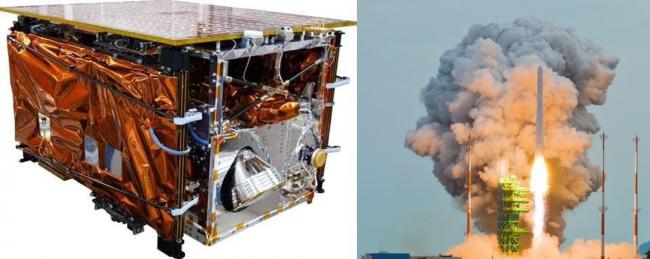S-Korea's satellite enters orbit, makes communication with Earth

Seoul, May 27 (IANS) South Korea's main satellite has successfully entered orbit and made multiple communications with ground stations, the country's science ministry has said.
NEXTSAT-2 was deployed from South Korea's homegrown space rocket Nuri on Thursday evening, followed by seven microsatellites at 20 second intervals, Yonhap News Agency reported.
Korea's King Sejong Station in Antarctica received the first signal from NEXTSAT-2 at 7:07 p.m. on Thursday and a ground station in South Korea's central city of Daejeon also communicated with the satellite some 50 minutes later, the Ministry of Science and ICT said on Friday.
NEXTSAT-2 also made two-way communications seven times with the Daejeon station and other overseas posts earlier on Friday, the ministry said.
All of the satellite's operational functions, including power generation and data processing, are working well, it added.
NEXTSAT-2 -- the 180-kilogram satellite designed and developed by the Korea Advanced Institute of Science and Technology (KAIST) -- will demonstrate X-band radar technology and measure space radiation on a dawn-dusk orbit for the next two years.
The ministry said two of the four microsatellites developed by the Korea Astronomy and Space Science Institute, codenamed SNIPE, have made communications with ground stations since they were put into space last night.
The ministry earlier confirmed that three of the four SNIPE satellites were deployed from Nuri, stating that the final one's status remains unknown.
Two of the three others -- the JAC by the Korean engineering company Justek, the LUMIR-T1 by the local space firm Lumir and the KSAT3U by startup Kairospace -- have corresponded with ground stations.
The ministry said it will make constant efforts to make contact with the three satellites that remain silent.
Disclaimer: This story has not been edited by the Sakshi Post team and is auto-generated from syndicated feed.




